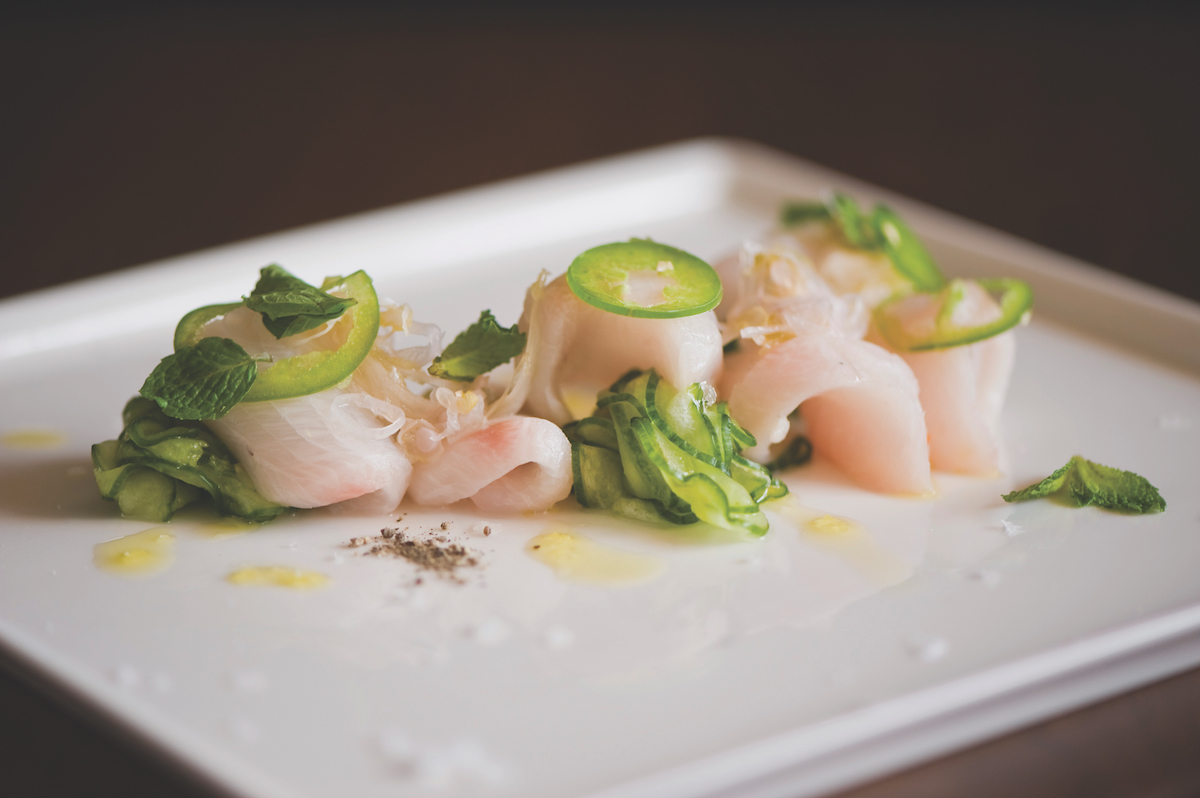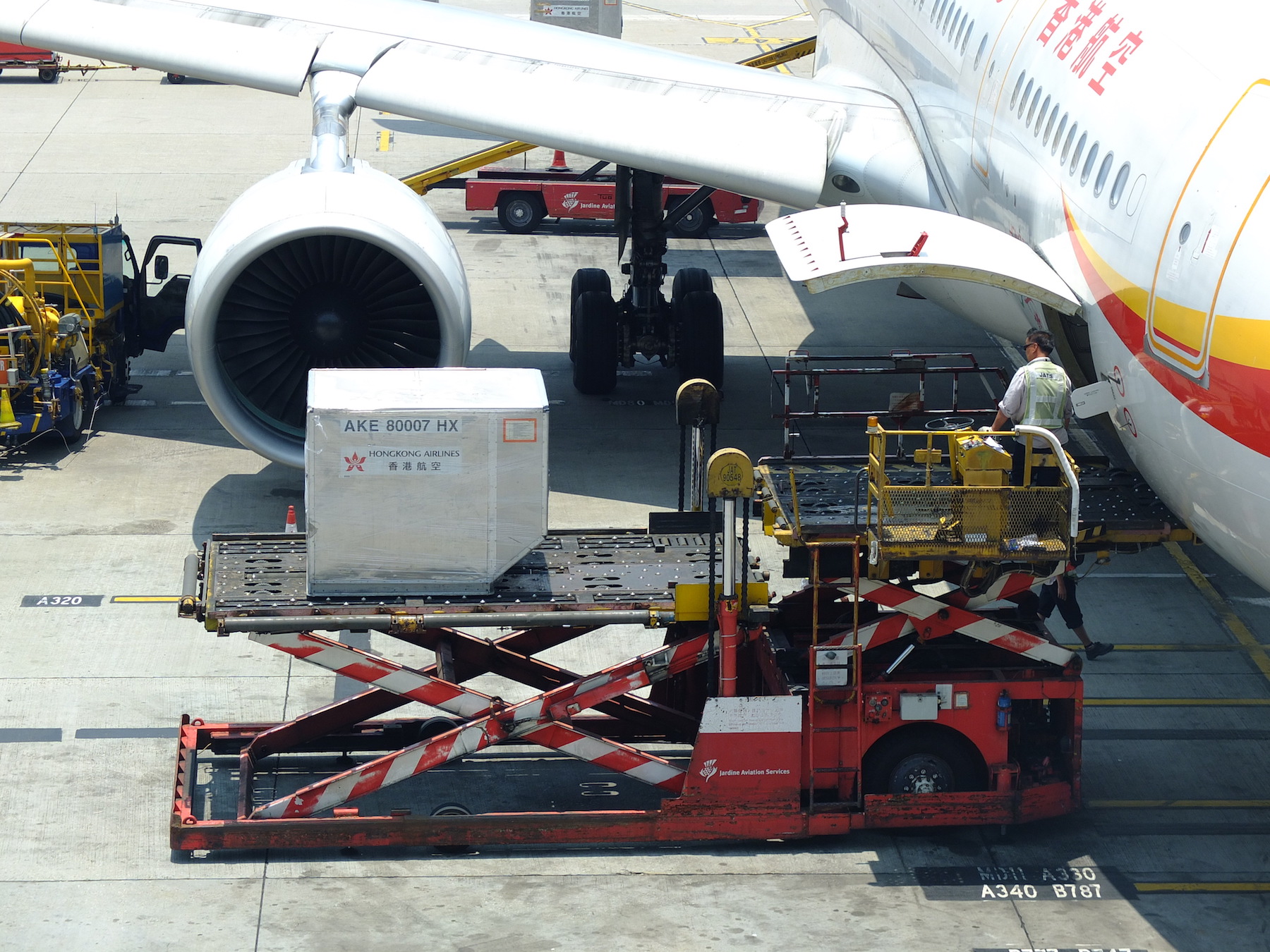These days serious locavores can enjoy an array of restaurants serving up regionally grown ingredients. But if you’ve got a hankering for sushi, not even proximity to an ocean will ensure that you’ll be dining on local fish. So how does all that fish get to us in time to safely eat raw?
Only a few decades ago sushi was considered an exotic cuisine, with many Americans afraid to try raw fish. Fast forward to 2016: Sushi restaurants are the norm across the country — even in most landlocked areas — and it’s not uncommon to see prepackaged sushi in the cold grocery cases, if not a dedicated chef on site making it to order.
The increase in interest has driven a rise in demand for getting fresh seafood from the sea to plate as quickly as possible. Fish, like humans, travels fastest by airplane if going a great distance. Throughout the country vendors like International Marine Products Inc., have hubs in coastal and landlocked cities, which provide those areas with daily shipments of fresh fish within hours of being caught and flash-frozen, or ship them to other places.
Now that vendors receive fish via airfreight and deliver them right to restaurants, gone are the days that restaurant staff must retrieve fish from the airport. Kaz Edwards, Chef de Cuisine at Uchi in Houston (a sister restaurant to Austin’s Uchi and Uchiko), recalls his biweekly trips to the airport years ago where he would pick up fish from the shipping area and have to deal with all the red tape associated with international shipping.
“If they hold it for any reason, it’s done. It’s over. You basically have to waste that whole box,” he says.

Cobia crudo at Uchi. Image by Rebecca Fondren.
Now the vendors take the hit when sushi fish is delayed, rather than the restaurants.
When fish travels by plane, the two most important details are time and how it is packaged. That gap between ocean and plate should be as small as possible, and, while there are some variances, less than 24 hours is the goal.
For sushi, extra care must be taken in how the fish is packed. The weight of regular ice results in bruising and degradation of the flesh, while dry ice is too extreme to keep fish at a consistent temperature. Edwards says that slicing through ice-packed fish causes it to break apart and gives it a shredded appearance, so whole fish carefully arranged with insulated ice packs is standard.
When it comes to fresh seafood, how it’s packaged for travel is just one piece of the puzzle. Read how a coalition of conservationists and seafood industry folks is working to give consumers a complete backstory of their catch of the day.
Sushi-grade is a term that indicates a higher quality and is the reassurance many consumers look for when ingesting raw seafood. Sushi-grade can also be used to describe the way a fish is killed and bleeds out — and the traditional iki jime practice is used on the U.S. east and west coasts but not in the Gulf of Mexico.
The FDA addresses all facets of seafood handling in the Hazard Analysis Critical Control Point (HACCP) Fish and Fishery Products Hazards and Controls Guidance report, but the reality is that there is no grading system to determine whether fish can be consumed raw. So one must assume a certain level of risk when eating sushi — there are no guarantees.
But the reputation of a restaurant hinges on the quality of their food, and most sushi chefs go to great lengths to ensure the freshest of fish for their customers.
Uchi’s policy is to remove items from the menu if the fish isn’t up to their standards, rather than try to procure it elsewhere at the last minute. The integrity of fish and how it is packaged is always important, but Edwards says that for sushi in particular it’s a key factor in determining whether or not it makes it onto the plate at all.
“It’s just the reality of what we do,” Edwards says.
Oroshi hocho tuna knife at the Tsukiji fishmarket. Image by Chris 73 via Creative Commons. Click image to enlarge.



Author
Kristin Sheppard is a writer, owner of Giant Squid Media and president of Austin Food Blogger Alliance.